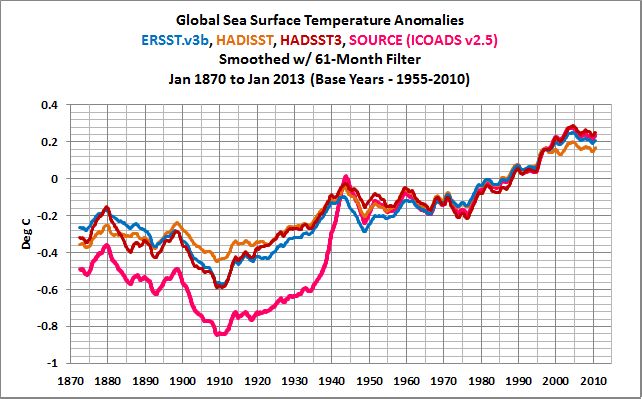So, Westie, you believe the people who are looking at the wind turbine photographs I posted to be so stupid that they simply do not realize what they're looking at?
What you SHOULD be showing them is the very UNUSEFUL sketchy production graphs. Here for most all of Australia. And the ONLY monthly graphs they will publish are for their 3 BEST months of the year. And not many of those.
Wind Energy in Australia | February 2017 | Aneroid
Last edited:








